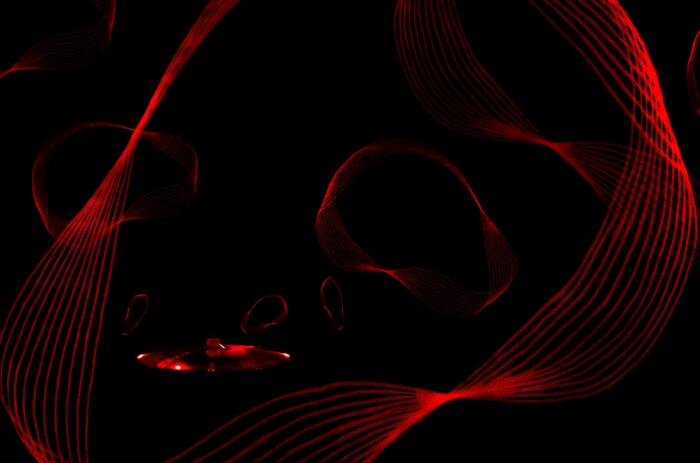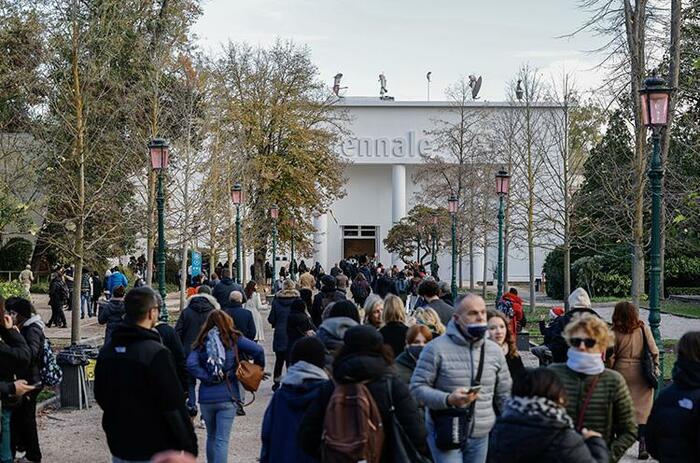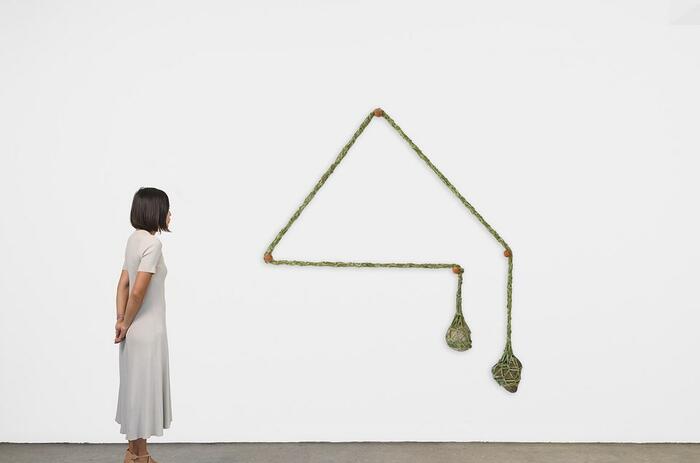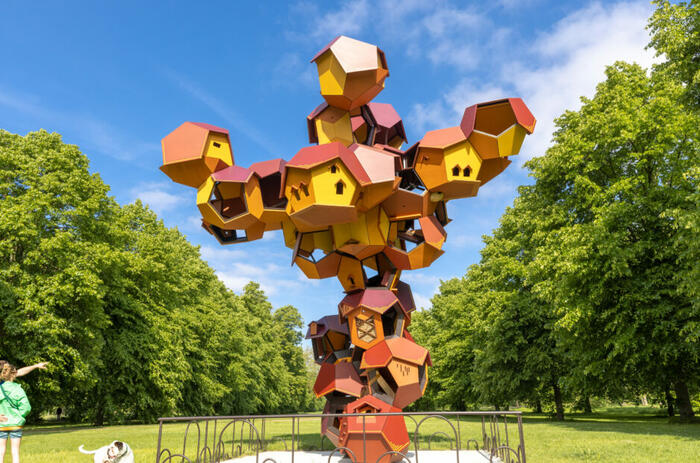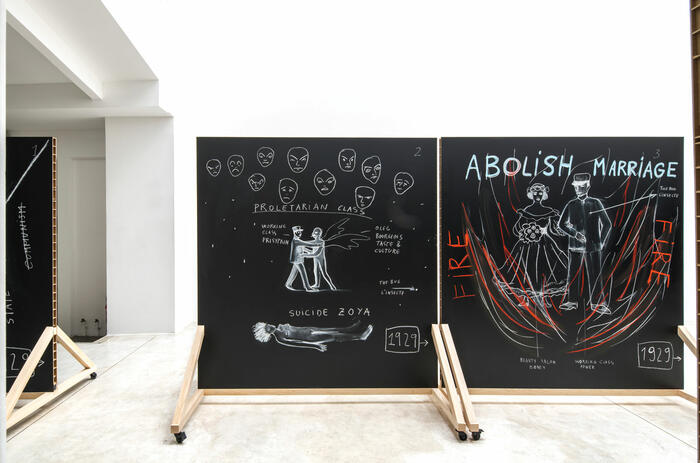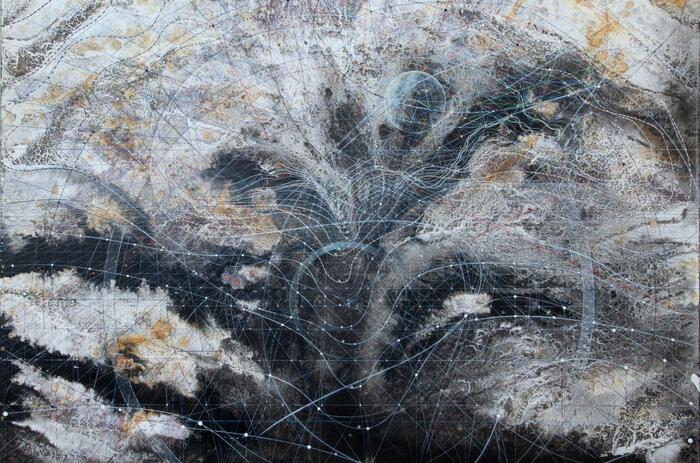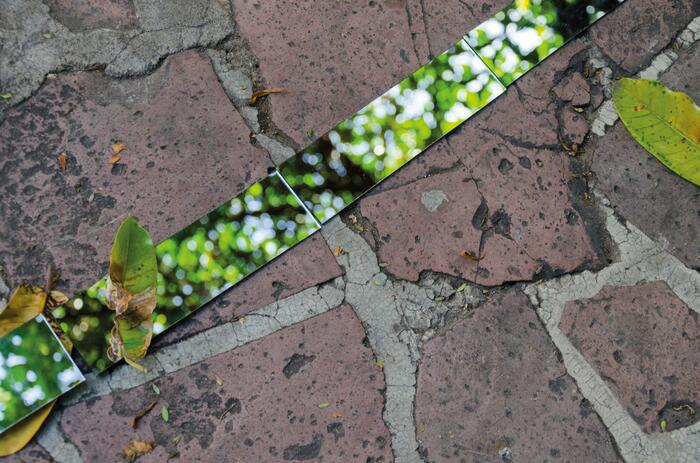FOUNDATION VILLA DATRIS: MOUVEMENT ET LUMIÉRE #2
The Villa Datris Foundation for Contemporary Sculpture, created by Danièle Marcovici and Tristan Fourtine, presents each year a thematic exhibition that offers an original and committed reading of the creation of its time.
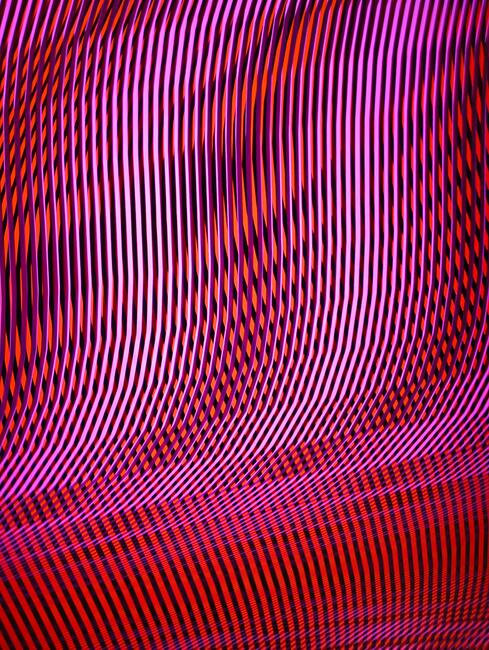
Since its opening in 2011, their shared passion for optical art, kinetic art and interactive art led to the first exhibition Mouvement et lumiére at Villa Datris in 2012. Ten years after their emblematic exhibition, they return to this theme through a captivating, luminous and hypnotic show. Mouvement et lumiére #2 presented by sixty French and international artists is enriched this year by the techniques and concerns of a new generation very much inspired by their three-dimensional creations. The exhibition is a journey through the history of optical and kinetic art, whose works illustrate the theme of movement and light that Tinguely defined with the phrase "the only stable thing is movement everywhere and always." Whether a real movement created by a motor, or by light, or a virtual movement created by optical illusion, all the works on display involve the participation of the public invited to be an integral part of it and play with it. On display there are the witnesses of those years in which each of them wanted to find a pictorial truth through movement and light, creating kinetic and optical art in all its forms of expression. With a selection that brings together the work of Calder, Tinguely, Schöffer, Tomasello, Assisi and others, the exhibition proposes to explore these two paths and gives preferential consideration to the great masters of Latin American kinetic art: Soto, Le Parc, Cruz Diez through works that show the retinal force of kinetic art and its enriching trompe l'œil, along with that of young emerging artists.
The exhibition tour begins with a tribute to Venezuelan Jesús Rafael Soto, for the centenary of his birth. An emblematic artist of Optical Art and Kinetic Art, he explored the involvement of the viewer in the work and developed his kinetic vocabulary thanks to works created in series that produce optical vibrations that modify space and the viewer's perception. One of his Penetrables Pénétrable BBL bleu, 1999, presented in the gardens greets visitors as soon as they cross the gate of the Villa Datris. A monumental and participatory sculpture of a dazzling blue, it plays with the viewer's senses and encourages the public to actively wander in relation to each of its movements. The tribute is completed with five representative works by the artist.
Playing with movement and light to disturb the visitor's gaze, this is the challenge of the exhibition. As soon as you enter the Villa, you are caught by the hypnotic vision of the medallions by Manuel Mérida Metallic Materials, 2023. Created in situ, in silver and bronze colors, they are filled with fine mineral particles. The material, driven by a slow rotating movement of the circle, flows in a fine rain, sometimes tracing a waterfall, sometimes a landscape of sparkling dunes; giving birth to pictures of another space, of another time, immersing it in a contemplative state. At the other end of the hallway, an imposing and captivating piece by Julio Le Parc Blue Sphere, 2013, is shrouded in darkness; an essential artist of kinetic art, still active at 95 years old, he is one of the founders of the G.R.A.V. with Horacio Garcia Rossi, Morellet, Sobrino, Stein and Yvaral. On the second floor, above Le Parc's blue sphere, a piece by Olafur Eliasson Firefly biosphere sunspotting, 2022, immerses the viewer in a space bathed in golden light where intricate shapes and shadows are projected to infinity.
As the visitor passes through the different rooms, he or she is confronted with an explosion of color and movement emerging from the kinetic works, whose creative processes –of scientific method or completely linked to intuition– lead the viewer, for an instant, only to "see"; like the light boxes of Martha Boto, Hugo Demarco and Grazia Varisco that seem to unfold in time in a perpetual geometric mutation. The kinetic light games are not only reflections or colored bulbs, some artists explore the effect of light on materials. If Elias Crespin mechanically decomposes colors with one of the most captivating pieces in the exhibition TriAlineados Fluo Vert, 2016, Carlos Cruz-Diez superimposes them thanks to the rays of light passing through his sculpture Transchromie mécanique aléatoire, 1965-2010. Philippe Decrauzat and Miguel Chevalier create iridescence, –whether they are decompositions of light on its surface, or moiré– effects. Surge Drops, 2022, by Ivan Navarro, in which the word SURGE is hardly distinguishable in a fluctuating universe with multiple colors that sucks us into the depths of mirrors and neon.
-
Martha Boto. Exaltations lumineuses alternées, 1967. © Daniel Avena
-
Carlos Cruz-Diez. Transchromie mécanique aléatoire. 1965-2010. © Daniel Avena.
-
Philippe Decrauzat. On Cover 4, 2014. © Daniel Avena
-
Miguel Chevalier. Digital Moiré, 2021. © Daniel Avena
-
Iván Navarro. Surge Drops. 2022. © Daniel Avena
Taking abstraction to the extreme, minimalist artists such as Dan Flavin or François Morellet reduce their interventions to lines of light that reveal their spatial environment. Reflections play, govern and disturb our perception of reality; this is shown in the mirror works of Jeppe Hein, Regine Schumann or Keith Sonnier that fracture our space or color it, while the absence of reflections in Raphael Hefti's work destabilizes us. The works divide space, make it iridescent and we see how transparency can become color; Jean-Michel Othoniel reveals this with Precious Stonewall, 2020.
-
Dan Flavin. Monument for Vladimir Tatlin. 1975. © Daniel Avena
-
François Morellet. 4 angles droits n°3. 2012. © Daniel Avena
-
Jeppe Hein. 360° Illusion IV. 2008 © Daniel Avena
-
Regine Schumann. Colormirror transparent rheinstetten. 2016 © Daniel Avena
-
Keith Sonnier. Elliptical Shields Series V. © Daniel Avena.
-
Raphael Hefti. Substraction as addition. 2012. © Daniel Avena.
-
Jean-Michel Othoniel. Precious Stonewall. 2020 © Daniel Avena.
By decoupling movement from any figurative representation, kinetic art invites us to perceive not only the surrounding space but also the vital, invisible forces of nature. If Takis explores electromagnetic tension, the mobiles of Susumu Shingu and Xavier Veihan are animated by air currents; Laurent Debraux stages it hypnotically through movement. Other artists draw from it activist formulas such as Andrea Bowers, or even pseudo-mathematics, with the Fibonacci sequence revised by Carsten Höller. On the first floor, bordering the gardens, we find several historical works: the famous Blue Square, 1977, by Agam, echoes with works by Antonio Asis Vibration n°2, 1967, Cesar Andrade Puntigrama 373, 2012 and Luis Tomasello Atmosphere Chromoplast n°111, 1963.
-
Takis. Electromagnétique. 1966. © Daniel Avena.
-
Susumu Shingu. Night Flight. 2012. © Daniel Avena.
-
Xavier Veilhan. Mobile n° 20 2015. © Daniel Avena
-
Laurent Debraux. La mare aux fées. 2012. © Daniel Avena
-
Andrea Bowers. Chandeliers of Interconnectedness. 2022. © Daniel Avena
-
Obra de Carnsten Höller. © Daniel Avena
-
Cesar Andrade. Puntigrama 373. 2012. © Daniel Avena
-
Luis Tomasello. Atmosphere Chromoplast n°111. 1963. © Daniel Avena
The gardens of Villa Datris, a haven of peace and greenery, are also a place of exhibition. Every year they offer a pleasant artistic stroll through the wooded paths and lush flora, associated with the murmur of the waters of the Sorgue where the works dialogue in free will in the midst of the vegetation. In front of the Soto’s scultpure, at the foot of the stairs leading to the Villa, one discovers a large sculpture by Jaildo Marinho in Carrara marble. With this work, of architectural character, of volumes and structures by force of emptiness, the artist seeks to provoke a new vibration. The sculptures by Gabriele De Vecchi and Etienne Rey, installed in the overflowing nature of the garden, reflect the colors of the sky and the different variations of green of the trees and plants. Hanna Roeckle's creations, in dazzling, saturated colors that vary according to the incidence of light, punctuate the walkway, while the blue work of Rafael Barrios invites the visitor to move to discover new possibilities of perception. In continuous transformation –outcome of an overflowing imagination– they disappear and reappear before the viewer's eyes.
The interesting thing about this exhibition is that the space of the Villa Datris, populated by mobiles and light boxes, is filled with life to the rhythm of the 81 works, a selection that intertwines historical works with those of young artists towards a great poetic and formal freedom. They are presented as a metaphor of modular forms that respond to a true genealogy of geometry. The configuration of the space, particularly successful, takes the form of a fascinating itinerancy, where the visitor's eye never knows where to land. The exhibition, surprising, interactive, participatory and playful, is an intimate dialogue, a conversation between living and dead artists that captures the visitor's attention and suggests a delirious walk.

